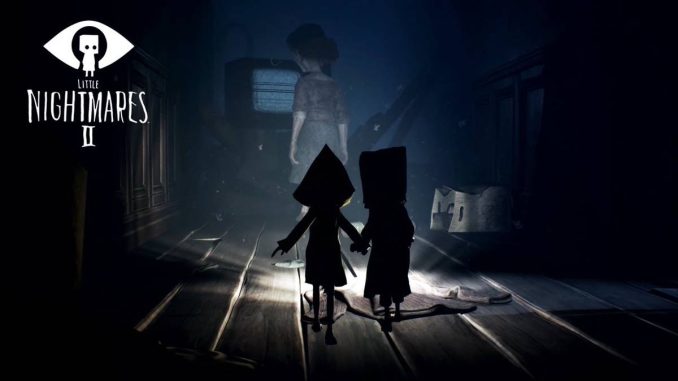
Little Nightmares II stands out in the horror genre not just because of its eerie story or gameplay but largely due to its masterful use of visual and sound design. This game crafts a chilling atmosphere that pulls players deep into a nightmarish world where every shadow and sound evokes tension and fear. In this article, we’ll explore how the combination of haunting visuals and immersive audio makes Little Nightmares II a truly unforgettable horror experience.
The Power of Visual Storytelling
Dark and Distorted Art Style
The art direction of Little Nightmares II is a twisted blend of innocence and grotesqueness. The environments are meticulously detailed, decaying houses, warped forests, and creepy corridors, all rendered in muted colors that emphasize gloom and despair. Characters, both playable and antagonistic, feature exaggerated proportions that distort reality, enhancing the unsettling vibe.
This visual style does more than scare; it tells the story without words. Every design choice from the peeling wallpaper to flickering lights, adds layers to the game’s narrative and atmosphere.
Lighting and Shadows as a Gameplay Mechanic
Lighting plays a critical role in heightening suspense. The game’s use of stark contrasts between light and dark areas keeps players constantly on edge, uncertain of what lurks just beyond the visible. Shadows often hide dangers or secrets, forcing players to move cautiously.
This manipulation of light guides the player’s emotions and helps build tension organically, turning simple exploration into a nerve-wracking experience.
Immersive Sound Design That Amplifies Fear
Ambient Sounds That Set the Mood
From creaking floors to distant whispers, the ambient sounds in Little Nightmares II build a haunting soundscape. These subtle audio cues immerse players in the environment and create a persistent feeling of unease.
Every environment has its own unique audio palette, whether it’s the hollow wind outside or the muffled groans inside a decrepit building each sound intensifies the atmosphere.
Dynamic Sound Effects and Music
The sound effects react dynamically to the player’s actions and surroundings. The echo of footsteps, the metallic clang of objects, or the sudden shriek of an enemy all trigger instinctive reactions.
Meanwhile, the musical score is sparse but impactful, swelling during moments of heightened danger and fading into silence to create suspense. This careful balance keeps players emotionally engaged and constantly alert.
How Visuals and Sound Work Together
The true brilliance of Little Nightmares II lies in how its visuals and audio design complement each other. For example, a dimly lit hallway paired with the faintest creaking noise can make a player’s heart race, even if nothing immediately threatens them.
This synergy creates a holistic horror experience, making the world feel alive and dangerous. It’s this careful orchestration that transforms Little Nightmares II from a simple PEH888 ลิงก์ platformer into a psychological thriller.
Conclusion
Little Nightmares II showcases how exceptional visual and sound design can elevate a game’s horror beyond cheap jump scares and gore. Through its carefully crafted environments, unsettling character designs, and immersive audio, the game creates a palpable atmosphere of dread and suspense.
For players craving a horror experience that is as artful as it is terrifying, Little Nightmares II delivers an unforgettable journey into the depths of nightmares. Its masterful design reminds us that sometimes, what you don’t see or hear is what scares you the most.